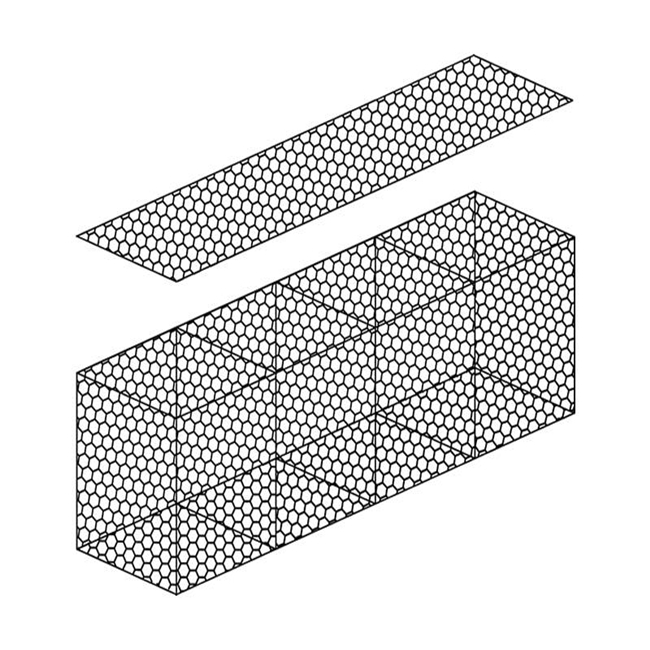-
Galvanized Welded Gabion mesh boxes price garden fence basket mattress cage welded gabion wall


- Afrikaans
- Albanian
- Amharic
- Arabic
- Armenian
- Azerbaijani
- Basque
- Belarusian
- Bengali
- Bosnian
- Bulgarian
- Catalan
- Cebuano
- China
- China (Taiwan)
- Corsican
- Croatian
- Czech
- Danish
- Dutch
- English
- Esperanto
- Estonian
- Finnish
- French
- Frisian
- Galician
- Georgian
- German
- Greek
- Gujarati
- Haitian Creole
- hausa
- hawaiian
- Hebrew
- Hindi
- Miao
- Hungarian
- Icelandic
- igbo
- Indonesian
- irish
- Italian
- Japanese
- Javanese
- Kannada
- kazakh
- Khmer
- Rwandese
- Korean
- Kurdish
- Kyrgyz
- Lao
- Latin
- Latvian
- Lithuanian
- Luxembourgish
- Macedonian
- Malgashi
- Malay
- Malayalam
- Maltese
- Maori
- Marathi
- Mongolian
- Myanmar
- Nepali
- Norwegian
- Norwegian
- Occitan
- Pashto
- Persian
- Polish
- Portuguese
- Punjabi
- Romanian
- Russian
- Samoan
- Scottish Gaelic
- Serbian
- Sesotho
- Shona
- Sindhi
- Sinhala
- Slovak
- Slovenian
- Somali
- Spanish
- Sundanese
- Swahili
- Swedish
- Tagalog
- Tajik
- Tamil
- Tatar
- Telugu
- Thai
- Turkish
- Turkmen
- Ukrainian
- Urdu
- Uighur
- Uzbek
- Vietnamese
- Welsh
- Bantu
- Yiddish
- Yoruba

Wire Mesh
Wire mesh is a versatile material made from woven or welded strands of metal wire, typically made from steel, stainless steel, or aluminum. It is commonly used for applications requiring durability, flexibility, and strength. The wires are arranged in a grid pattern, forming squares or rectangular openings, which can vary in size depending on the intended use.
Wire mesh is widely used in construction, agriculture, industrial, and security applications. In construction, it serves as reinforcement for concrete or as a partition for walls and fences. In agriculture, it is used for creating animal enclosures, birdcages, and plant supports. For industrial purposes, wire mesh is used as a filter or protective barrier.
The material is valued for its strength, rust resistance (when galvanized or coated), and ease of installation. It can be customized with different wire gauges, mesh sizes, and coatings, making it adaptable to a variety of environments. Whether for security fencing, drainage systems, or structural reinforcement, wire mesh is an affordable, durable solution with a broad range of uses across many industries.
Wire Mesh Type
Wire mesh comes in various types, each designed for specific applications, offering unique features and benefits. The most common types include:
-
Welded Wire Mesh: Made by welding intersecting wires at each joint, creating a rigid, strong structure. It's often used in construction, fencing, and reinforcement.
-
Woven Wire Mesh: Created by weaving wires together, this type is flexible and often used in filtration, sieves, and animal enclosures. The mesh openings can vary based on the weaving pattern.
-
Expanded Metal Mesh: This type is made by slitting and stretching a metal sheet, forming a mesh with diamond-shaped openings. It's used in safety barriers, walkways, and ventilation applications.
-
Chain Link Mesh: Made from galvanized or coated steel wire, chain link mesh is commonly used for fences, security barriers, and sports enclosures. It offers durability and ease of installation.
-
Hexagonal Wire Mesh: Often referred to as poultry netting, this mesh has hexagonal openings and is used for fencing, garden projects, and agricultural applications like chicken coops.
Each type of wire mesh offers varying levels of strength, flexibility, and durability, making them suitable for specific needs in construction, agriculture, security, and industrial uses.
Wire Mesh Size
Wire mesh size refers to the dimensions of the openings between the wires, which determine the material's suitability for various applications. The size of the wire mesh is typically described by two key factors: mesh count and wire gauge.
-
Mesh Count: This refers to the number of openings per inch (or per centimeter) in both horizontal and vertical directions. A higher mesh count means smaller openings, while a lower count indicates larger openings. For example, a 10 mesh wire mesh has 10 openings per inch, and a 100 mesh has 100 openings per inch. Mesh counts are often chosen based on the level of filtration, security, or visibility needed.
-
Wire Gauge: This measures the thickness of the wire used in the mesh. A lower gauge number means a thicker wire, which provides increased strength and durability. Common gauges range from 8 gauge (thick and strong) to 32 gauge (thin and fine). The wire gauge affects the mesh’s overall strength, rigidity, and suitability for different applications, such as heavy-duty fencing or fine filtration.
Choosing the right wire mesh size depends on factors like intended use, load-bearing capacity, and desired appearance, ensuring functionality in construction, security, or agricultural purposes.
Latest News About CHENG CHUANG
-
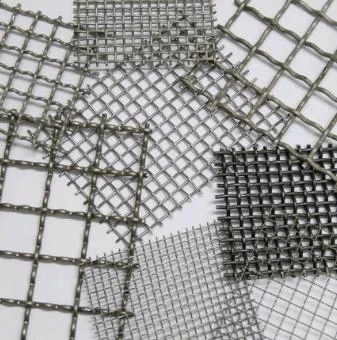 Wire mesh is durableWire mesh represents a cornerstone of modern industrial and agricultural solutions, offering unmatched versatility across countless applications.Read more >
Wire mesh is durableWire mesh represents a cornerstone of modern industrial and agricultural solutions, offering unmatched versatility across countless applications.Read more >Jul 11 2025
-
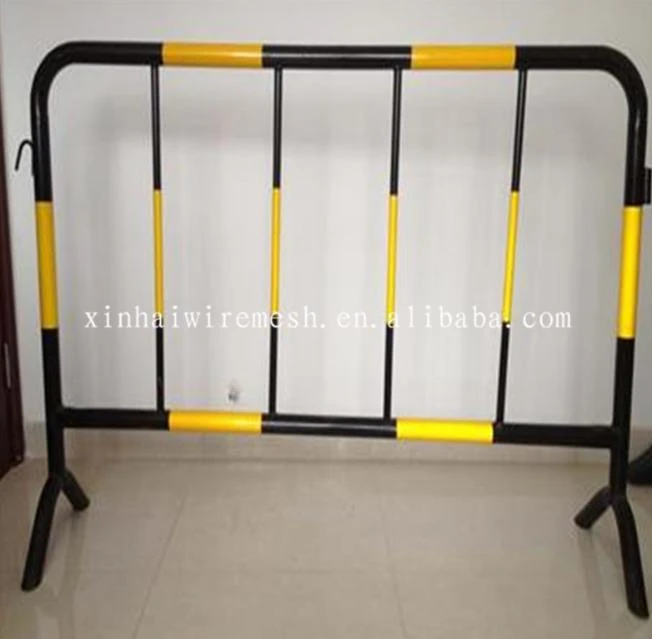 Safety barrier directs traffic flowIn high-risk environments, safety barrier systems stand as non-negotiable guardians against catastrophic incidents.Read more >
Safety barrier directs traffic flowIn high-risk environments, safety barrier systems stand as non-negotiable guardians against catastrophic incidents.Read more >Jul 11 2025
-
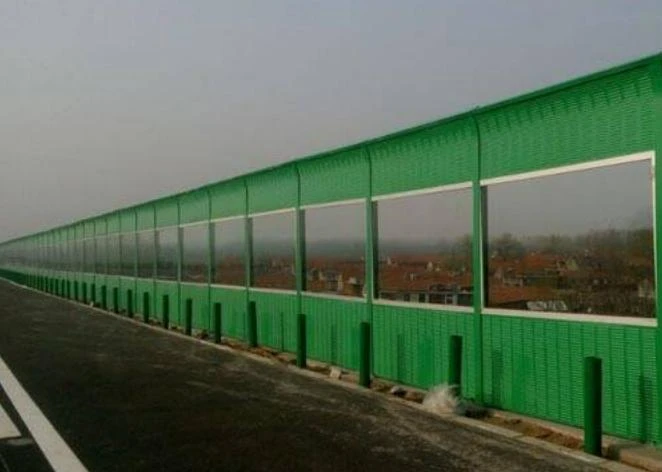 Modular Noise Barrier Eases InstallationUrbanization intensifies noise pollution, making noise barrier systems essential for preserving human health and tranquility.Read more >
Modular Noise Barrier Eases InstallationUrbanization intensifies noise pollution, making noise barrier systems essential for preserving human health and tranquility.Read more >Jul 11 2025
-
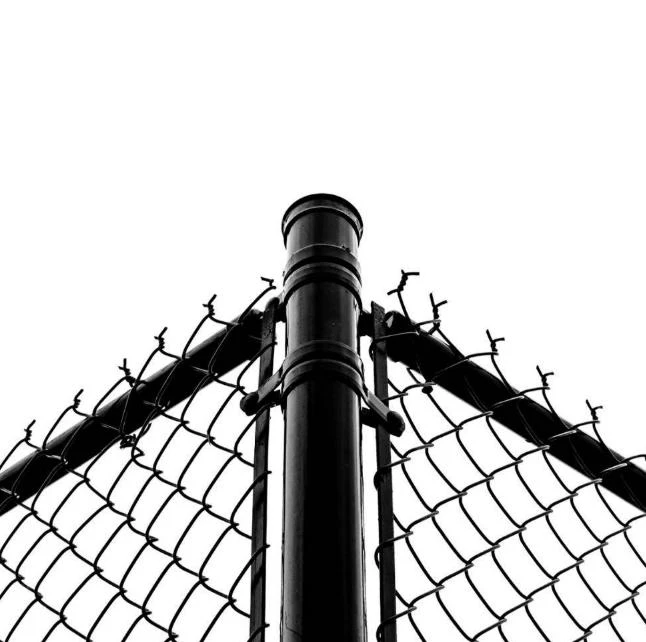 Metal fence types enhance securityMetal fence types form the backbone of modern perimeter security solutions worldwide.Read more >
Metal fence types enhance securityMetal fence types form the backbone of modern perimeter security solutions worldwide.Read more >Jul 11 2025
